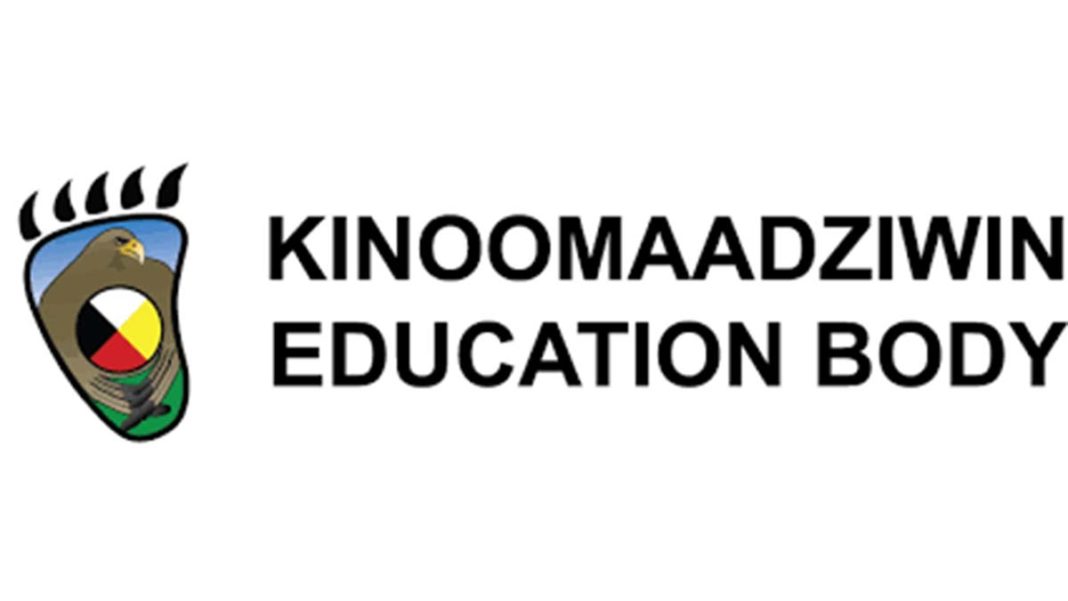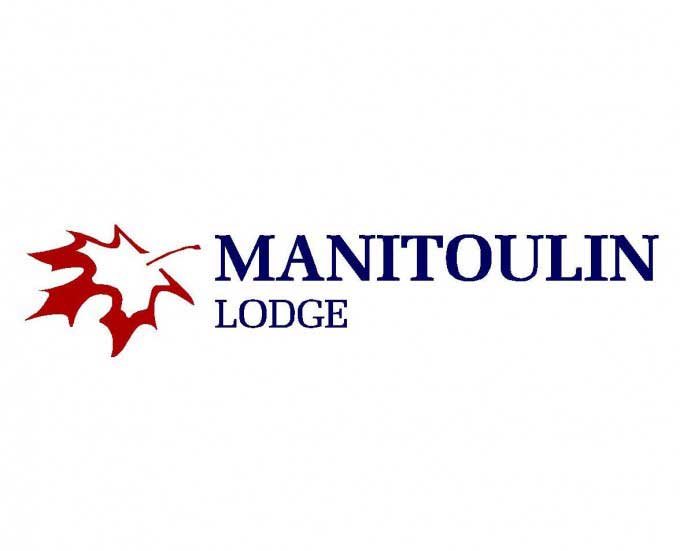Anishinabek Nation highlights importance of Indigenous science in Ontario classrooms
ONTARIO—The Anishinabek Nation and the Kinoomaadziwin Education Body (KEB) are opposed to and disappointed with the Ontario Minister of Education’s decision to remove the Indigenous science framework from the Ontario curriculum. The two organizations have indicated they would be willing to host a meeting with ministry officials to advocate for the inclusion of these expectations for all students in Ontario.
“Connection with the land is central to Anishinabek knowledge systems,” Anishinabek Nation Grand Council Chief Reg Niganobe told Anishinabek News. “Our ancestors are the original engineers of this place. Long before Canada flattened lands for railways and roadways, the Anishinabek traveled vast distances using the original highways of this land-waterways. They did so using an environmentally-friendly method of transportation through coexistence in the ecosystem.”
M’Chigeeng Ogimaa kwe Linda Debassige said, “the fields of medicine and biology have been enriched by utilizing the teachings and minds of Indigenous traditional knowledge holders. From the first interactions with settlers and sharing of agricultural practices to biomedical research using compounds used for millennia, Anishinabek scientific knowledge is integral to building a shared knowledge base.”
“To have the Indigenous science framework removed from the Ontario curriculum is both irresponsible and disrespectful not only to our ancestors and the deep history of our First Nations people, but to all of Ontario by going against the Calls to Action by the Truth and Reconciliation Commission of Canada calling on the inclusion of Indigenous contributions as part of school curriculum. We cannot erase the truth.”
Robert Beaudin, principal of St. Josephs’ Anishinabek School and a board member of the Anishinabek Education System (AES) in Sheshegwaning First Nation said, “I understand what they are attempting to do. I don’t agree, but I understand. They (province) are leaving it optional for teachers to provide in the school curriculum.”
“We know that history is written by the people who write about it, who has power,” said Mr. Beaudin. “Textbooks have been linear in human relations. If teachers don’t have the resources and providing this program is optional, it could mean we will be left behind again in Anishinabek education.”
Nancy O’Donnell, multi-year action plan manager with KEB said, “as you know the master education agreement was signed in 2017 involving 23 participating First Nations and the Ministry (of Education). Its vision was a new relationship between the parties, collaboratively. And there is in place a multi-year plan, one being the curriculum. We are part of the process as Inuit, Anishinabek and Metis people, to be asked and have the opportunity to provide input.”
“So, for instance in grade two, students learn the impact of human activities on the air and water,” said Ms. O’Donnell. “My understanding is that at the beginning of the (multi-year plan) a framework was in place, that indicated we would provide input to the MOE and then the Anishinabek department and then to the minister. It was our agreement to all work collaboratively. If the final cut is at the minister’s desk, how are we honouring the master education curriculum plan?”
“Is it problematic? Absolutely,” stated Ms. O’Donnell. “There should have been collaboration, and meeting the needs of all students, both native and non-native. However, if sections have been removed and could be absent from the curriculum, it is problematic.”
Ms. O’Donnell said with the KEB and AES, “our conversations are currently at various levels. But unless you have the previous vision documents you wouldn’t know what has been removed or added. I would have to see the vision to determine what has been removed. Maybe this could be provided to the First Nations, and the question could be posed as to why it was removed. This would be true collaboration.”
Universities, colleges, and schools across Ontario have been developing Indigenous Science, Technology, Engineering and Mathematics) STEM research and resources, and this step by the ministry is not supported by the evolution of the field.
“Advocates for Anishinabek education have long fought for the recognition of our learning systems,” Anishinabek Nation Southeast Regional Deputy Grand Council Chief James Marsden, education portfolio holder for the Anishinabek Nation, told Anishinabek News. “To remove this framework from the Ontario curriculum is a regressive decision and dishonours our partnership.”
The Master Education Agreement between the self-governing participating first nations of the Anishinabek education system, the Kinoomaadziwin education body, and the government of Ontario, signed in 2017, outlines a new path forward in education. This agreement specifies that the parties involved will support collaboration in curriculum development and review processes.
“The Anishinabek Education System prioritizes Anishinabek culture, language, history, and knowledge in education,” KEB chairperson Phyllis Anderson said. “The education system has made great strides in strengthening relationships with ministry and schoolboard partners. This decision creates barriers to the development and inclusion of reciprocal curriculum based in reconciliation.”
Article 15.1 of the United Nations Declaration of the Rights of Indigenous Peoples also states: Indigenous Peoples have the right to the dignity and diversity of their cultures, traditions, histories, and aspirations which shall be appropriately reflected in education and public information.
Anishinabek science, technology, engineering, and mathematics has existed since time immemorial on this land. It is imperative that Ontario and Indigenous partners work together in the spirit of reconciliation to build Indigenous STEM resources for a shared future the Anishinabek Nation and the KEB state.





